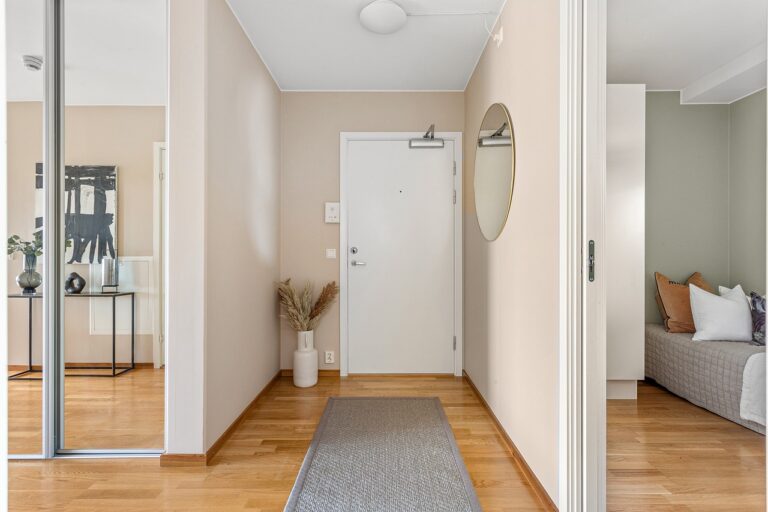Childproofing Garage Ventilation: Carbon Monoxide Sensor Location: Golden exchange id, Cricbet99 register, King casino 567
golden exchange id, cricbet99 register, king casino 567: Childproofing Garage Ventilation: Carbon Monoxide Sensor Location
When it comes to ensuring the safety of your family, childproofing your home is a top priority. While many parents focus on childproofing the main living areas of the house, it’s also important to pay attention to potentially dangerous areas like the garage. One critical aspect of childproofing your garage is properly placing carbon monoxide sensors to keep your family safe from this silent, odorless killer.
Carbon monoxide is a colorless, odorless gas that can be produced by cars, lawnmowers, and other gas-powered equipment commonly found in garages. Exposure to high levels of carbon monoxide can lead to serious health issues and even death. That’s why it’s crucial to have carbon monoxide sensors installed in your garage to detect any dangerous levels of this gas.
But where exactly should you place these sensors in your garage to ensure maximum effectiveness? Let’s explore some key tips to help you childproof your garage ventilation and keep your family safe:
1. Near the Entrance: One of the best places to install a carbon monoxide sensor in your garage is near the entrance door that leads into your home. This ensures that any carbon monoxide from your vehicles or equipment is detected before it has a chance to seep into your living spaces.
2. Close to Gas-Powered Equipment: If you have gas-powered equipment like a water heater or furnace in your garage, make sure to place a carbon monoxide sensor nearby. This will help detect any leaks or malfunctions that could lead to carbon monoxide buildup.
3. Ceiling Mounting: For optimal performance, consider mounting your carbon monoxide sensors on the ceiling of your garage. Since carbon monoxide is lighter than air, it tends to rise and accumulate near the ceiling, making this an ideal location for detection.
4. Away from Obstructions: Avoid placing your sensors near obstructions like shelves or cluttered storage areas, as this can prevent them from accurately detecting carbon monoxide levels in the air.
5. Multiple Sensors: For larger garages or areas with multiple sources of carbon monoxide, consider installing multiple sensors to ensure comprehensive coverage.
6. Regular Maintenance: Remember to test your carbon monoxide sensors regularly and replace the batteries as needed to ensure they are functioning properly at all times.
Childproofing your garage ventilation by properly placing carbon monoxide sensors is a crucial step in keeping your family safe from this deadly gas. By following these tips and guidelines, you can create a safer environment for your loved ones and enjoy peace of mind knowing that your garage is well-protected.
FAQs
Q: How often should I test my carbon monoxide sensors?
A: It’s recommended to test your carbon monoxide sensors at least once a month to ensure they are working properly.
Q: Are carbon monoxide sensors a reliable way to detect this gas?
A: Yes, carbon monoxide sensors are an effective tool for detecting the presence of this gas in your home or garage.
Q: Can carbon monoxide sensors be installed by homeowners, or should I hire a professional?
A: While homeowners can install carbon monoxide sensors themselves, it’s always best to consult with a professional if you have any concerns or questions about placement or installation.







